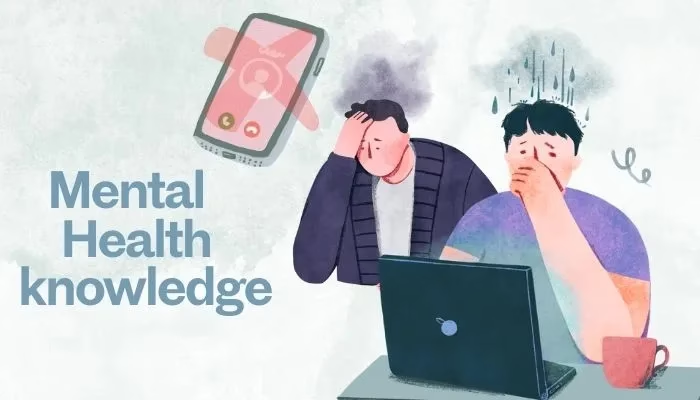
In today’s fast-quick digital world, mental health and digital detox have become closely connected. Continual notifications, continuous scrolling and screen craving habits are taking a charge on emotional well-being. Therefore, practicing a digital detox regularly, frequently called unplugging or screen breaks, can significantly improve psychological balance. As more people look for inner peace, silence and focus, knowing the value of a digital detox is more necessary than ever
The relationship between mental health and digital detox is growing more noticeable with each previous year. As digital devices control daily lifestyles, stress, anxiety, and sleep problems have become more common. Thus, many people are analyzing device breaks to improve their mental state. Cut off, even quickly, can create a place for clarity, calmness, and intellectual healing.
Practicing off-screen time increases attention and motivates real-life engagement.
A digital detox relates to a time when people purposely keep away from electronic gadgets, devices to improve their safety, security.. With the rise of tech-related tiredness, this practice is favored among those looking for emotional and mental clarity. In relation to mental health and digital detox, this process gives a way to reset the mind and reduce too much sensory input. As a result, people feel more present and less mentally disturbed.
Short breaks daily or longer retreats can both provide mental relief.
Analyzing the benefits of mental health and digital detox disclose its growing impact. Unplugging doesn’t only decrease screen time period—it helps emotional health and promotes a more secure life. Moreover, taking breaks from non-stop connectivity allows people to better manage their feelings, thoughts, and habits. These interests become more visible the longer and more frequently one practices a digital detox.
Unplugging from devices helps change feelings, providing a secure mental space. This calm promotes better stress control.
Mindful breaks encourage slower, deeper breathing and relaxation.
A direct benefit of mental health and digital detox is better sleep. Screens disrupt natural sleep rhythms through blue light exposure.
A digital detox energizes, refreshes, the brain, making it easier to focus on tasks without distraction. Hence, mental clarity improves.
Starting a digital detox doesn’t have to be the highest. In reality, small, regular steps can result in long-time period changes. Understanding how mental health and digital detox work realistic will help you sketch a routine that helps emotional wellness. With planning and purpose, you can create a healthier connection with technology.
Helping mental health and digital detox efforts with purposeful disconnected activities strengthens results.These practices create space for self-observation, creativity, and heavy emotional engagement. As you cut-off, try to fill that time with purposeful incidents that increase your internal peace.
Art and daily records are powerful tools for processing feelings and emotions.
Practice, training helps decrease anxiety and improve mood without needing any digital device.
Setting limits is necessary when navigating the balance between mental health and digital detox. Without limits, it’s easy to pull back into unhealthy habits. Therefore, learning how to create tech limits is necessary for long-term well-being.
Making mental health and digital detox part of your regular lifestyles results in lasting improvements. Over time, your connection with the device becomes more intentional, and your mental condition more flexible. This doesn’t mean cutting off devices completely—it means using them in ways that help, not destroy your peace of mind..
In conclusion, understanding the connection between mental health and digital detox can lead to powerful lifestyle improvements. By setting intentional limits and holding offline activities, you create space for emotional healing and peace. As digital pressure increases, disconnecting becomes an important part of self-care. Therefore, accepting a digital detox is not just helpful—it is necessary for long-time emotional flexibility and general well-being.